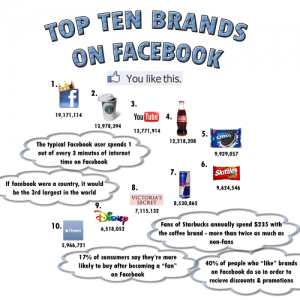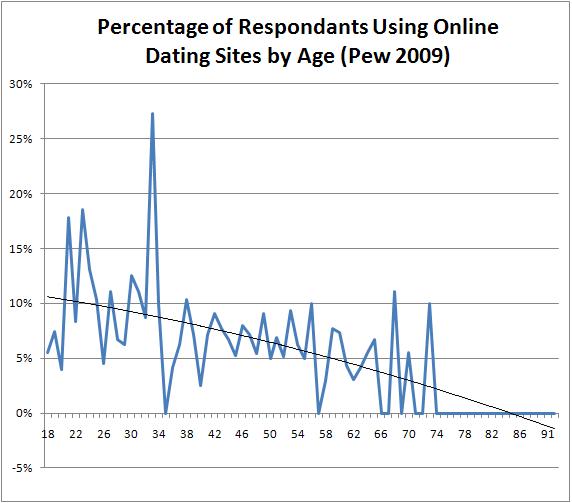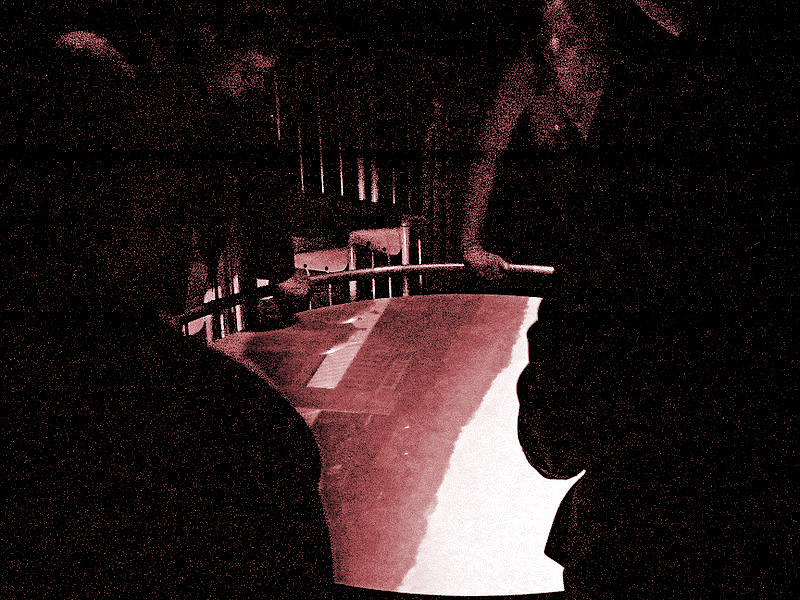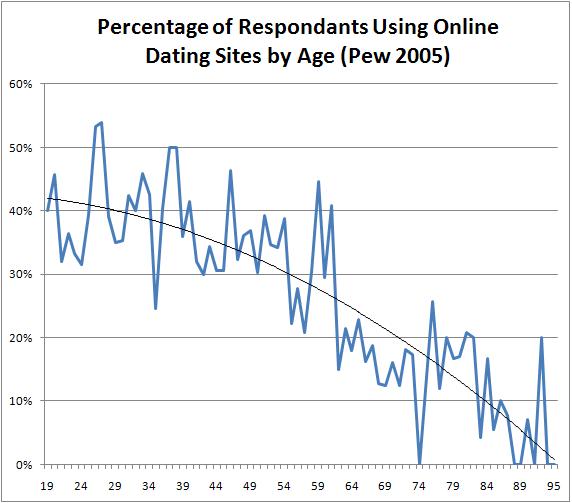In the social sciences, we often hear about, talk about, and preach about the relationship between theory and methods. Here, I present a poignant example their interconnectedness.
In a recent post, I argued that the accomplishment of authenticity in a cyborg era is particularly difficult. Drawing on Goffman, Turkle, and others, I argued that we live in a time of constant documentation, exposing the identity work that is supposed to remain hidden in the so-called “back stage.” I purported that our online and offline selves are not only mutually influential, but that we also engage in preemptive behavior in order to accurately present our ideal selves through multiple mediums.
Overall my theoretical point is this: As social actors we expect authenticity in others, and in ourselves. In a time of constant documentation, our online personas become our reflections, and they must not only be ideal, but also truthful. As such, we do not document falsehoods, but preemptively create documentable situations in an effort to present a self that is simultaneously ideal and authentic.
Here is the methodological conundrum: If the constructed nature of selves and identities must remain hidden not only from others, but also from ourselves, then how can we get people to talk about the labor involved in the identity construction process? In other words, how do we support the theoretical assertion? more...










